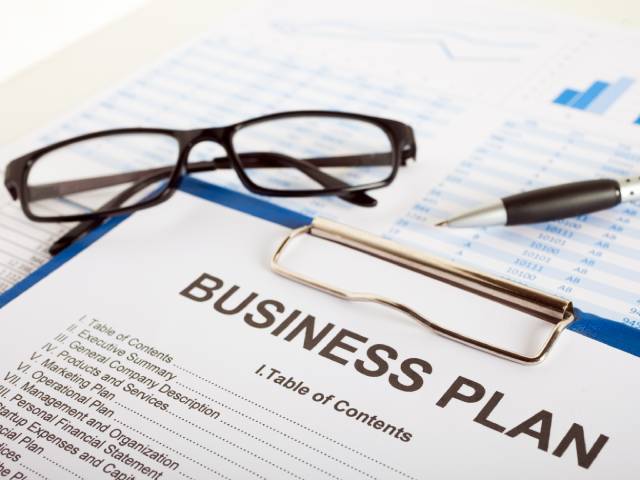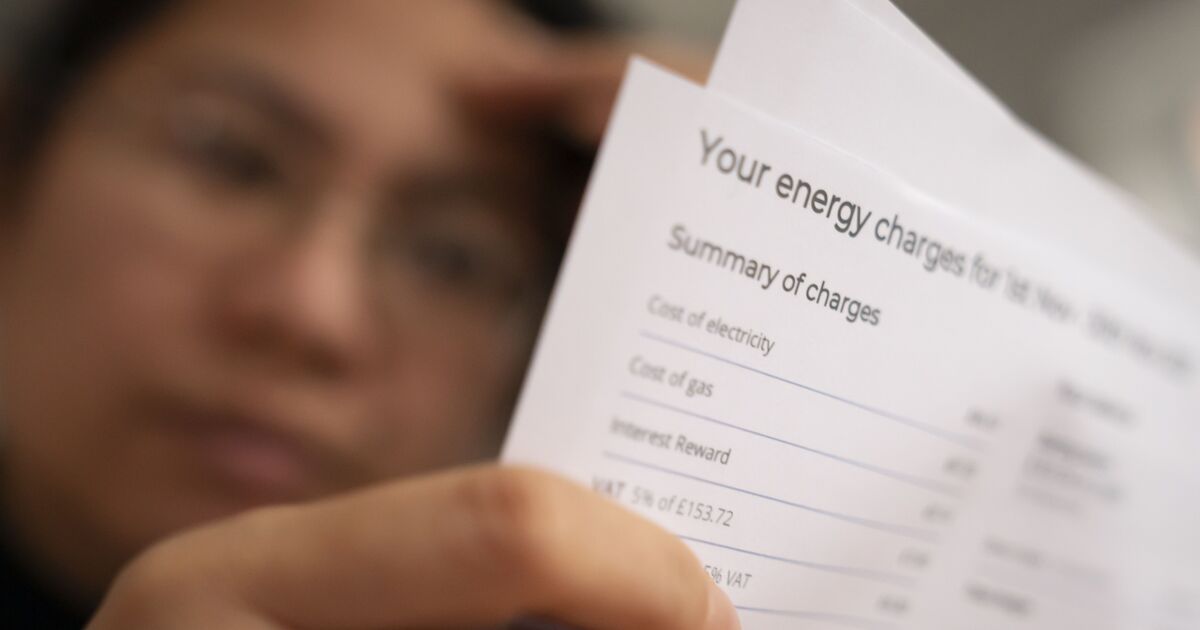

Hauling utility poles involves intricate logistics and poses challenges, such as risks of road hazards and potential delays, which can undermine public safety and operational timelines. By preparing meticulously and adhering to safety protocols, utilities can repair or upgrade essential electrical grid infrastructure. Discover three tips for safe and efficient power pole hauling.
Certified safety inspectors conduct rigorous inspections on power pole materials and equipment. Additionally, utility providers’ specially trained maintenance teams perform regular checks, contributing to a well-coordinated logistics project.
To ensure safe hauling and reliable pole performance, team members must inspect the following:
Inadequate load security can have far-reaching implications, including damage to infrastructure, loss of loads, or even accidents causing serious injury. Operators must apply their training to secure each load according to the highest standards.
Securement goes beyond the application of restraints; it encompasses load balancing and ensuring that the distribution of weight does not compromise the vehicle’s operational stability. By properly securing the load, heavy equipment operators protect their cargo and fellow road users.
To prevent hazardous shifts or tilting, adhere strictly to manufacturer- and industry-recommended guidelines for load distribution. Operators should also use the correct tie-down methods, such as ratcheting straps and chains with tensioning devices, to ensure stability across various terrains and speeds. Before embarking, conduct a thorough pre-departure check to confirm that all poles are secured according to compliance standards, minimizing risk and potential need for in-transit adjustments.
Planning the transportation route makes it safer and more efficient to haul power poles. By planning the route, project coordinators can identify potential challenges, from road conditions to clearance issues. A well-planned route minimizes the chances of unexpected detours that can lead to delays and dangerous situations.
Planning also establishes realistic timelines that allow for adequate preparation of personnel and equipment. Sufficient organization ensures that the transport progresses without the costly delays that stem from unforeseen equipment malfunctions or crew shortages. Furthermore, well-prepared teams and machinery lead to a reduction in resource wastage. These are important factors for controlling costs, which is one of the biggest ways that utility pole hauling impacts a project.
The secure and efficient transport of power poles is crucial for reliable utility infrastructure. By performing regular inspections, securing the loads properly, and planning the routes in advance, utilities uphold robust safety standards. Project coordinators and other team members can use these essential guidelines to control costs while building a resilient grid.
24World Media does not take any responsibility of the information you see on this page. The content this page contains is from independent third-party content provider. If you have any concerns regarding the content, please free to write us here: contact@24worldmedia.com

5 Tips for Giving Cooking Lessons to Your Children

Tips for Increasing Teamwork in Your Office Environment

5 Tips for Starting a Successful Dump Truck Business

The Importance of Market Research to Your Brand

DWP benefit could boost income by £393 – check eligibility | Personal Finance | Finance

Firm’s £420 lock as Martin Lewis warns Three, O2, Vodafone & EE users | Personal Finance | Finance

Next shrugs off poor weather with forecast beating sales growth | City & Business | Finance

British Gas, EON and EDF customers to get £219 summer boost | Personal Finance | Finance

Scotland’s economy shrank by 0.3% in February, GDP figures show | Personal Finance | Finance

Ryan’s Team asks Southold to display ‘988’ signs

DWP handing out up to £865 in Household Support Fund cash | Personal Finance | Finance